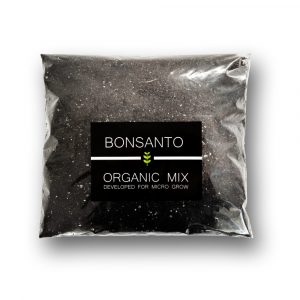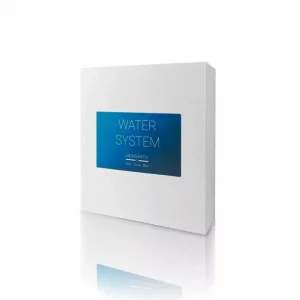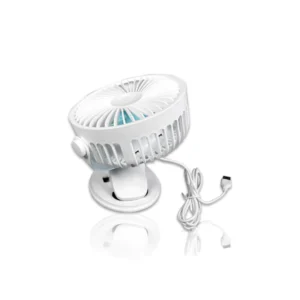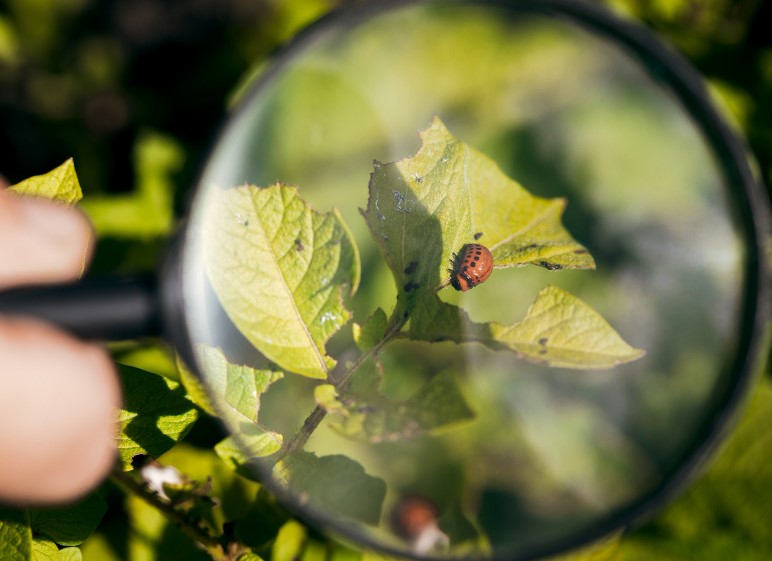When cultivating plants, it’s essential to regularly check for signs of disease to prevent damage and crop loss.
Growing indoors in a grow box, such as a Bonsanto grow box, offers the advantage of significantly lower risks of diseases and pests compared to outdoor cultivation. A grow box provides a controlled, clean, and weather-protected environment, reducing the chances of disease and pest transmission.
This article provides an overview of common plant diseases, how to identify and treat them, and how to manage pest infestations.
Table of contents
Plant Diseases
Plant diseases vary depending on growing conditions. Here, we focus on the most common ones.
To prevent plant diseases, we recommend using Bonsanto grow components for your cultivation. Especially the Premium Grow Soil and Organic Boost Fertilizer support healthy plant growth and protect against diseases.
Plant Mold
Mold, the formation of fungi on plants, can affect plant quality and growth and pose health risks. Common molds include powdery mildew and bud rot. Powdery mildew appears as a white powder on leaves and is often seen in high humidity. Bud rot infects the buds during flowering, leading to decay.
Look for gray, black, or brown spots on leaves, stems, or buds, a musty odor, damp discolored areas, or distorted growth. Powdery mildew manifests as a white coating, while bud rot causes brown, mushy buds.
Remove mold-affected plant parts if the infestation is minor. For severe infestations, use appropriate fungicides. If the plant is heavily infected, dispose of it and clean all surfaces that came into contact with the mold.
To prevent mold growth, ensure proper drainage. Adequate watering is also crucial, and more details can be found in our blog post on “Watering Plants.” Good ventilation is equally important to reduce humidity in the grow environment, and avoiding over-fertilization helps create optimal growing conditions.
Root Problems
Root problems can severely impact plant health. Various factors, including soil quality, pot size, watering, and temperature, can cause issues. Extremely high temperatures can reduce oxygen uptake by the roots, while cold can shock them. Overwatering and poor drainage may drown the roots, and poor soil can prevent necessary oxygen exchange.
Root rot, a specific root disease, often results from oxygen deficiency and overwatering. It’s hard to detect since the roots are hidden, but drooping, unhealthy plants are a common sign.
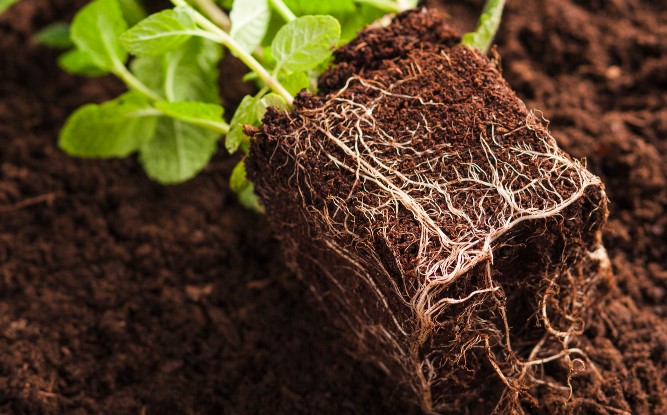
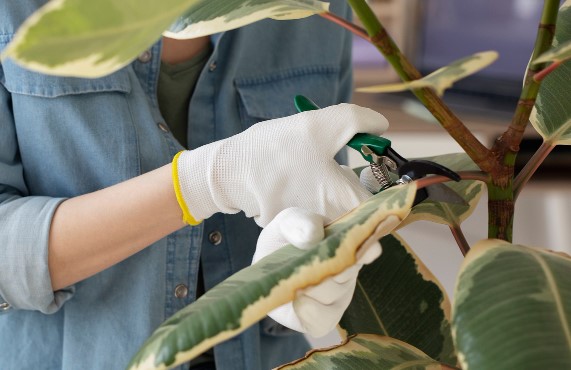
Leaf Septoria
Leaf Septoria is a stubborn fungus that causes yellow or brown spots on plants, leading to leaf drop. Infected leaves should be removed, and contact with healthy plant parts avoided. Appropriate fungicides and good ventilation can help manage the issue. To prevent Leaf Septoria, maintain good air circulation, use clean growing tools, water plants evenly, and practice proper plant care.
Tobacco Mosaic Virus
Tobacco Mosaic Virus (TMV) is a common and persistent plant disease, spread by infected plants, contaminated tools, or aphids. While it poses no risk to human health, it hinders plant growth and reduces yields. Symptoms include slow growth, deformed leaves, and yellow-green mosaic-like patterns. To combat TMV, isolate infected plants from healthy ones, clean growing tools regularly, and use resistant plant varieties. Keeping a clean growing environment helps prevent the virus.
-
Bonsanto® Pre-Fertilized Premium Soil – 100% Natural
Rated 4.14 out of 5$4.99 incl. VAT Add to basket -
Bonsanto® Automated Irrigation System for Grow Box
Rated 4.50 out of 5$3.50 – $34.99Price range: $3.50 through $34.99 incl. VAT Select options This product has multiple variants. The options may be chosen on the product page -
USB Pro fan
Rated 5.00 out of 5$13.99 incl. VAT Add to basket
Plant Pests
Pests can damage your grow and trigger diseases. Regular plant inspections help detect and address pests early. Different pests affect plants, most of which can be treated with insecticides, soap sprays, or natural predators.
Scale Insects & Aphids
Scale insects and aphids feed on plant sap. Scale insects hide under a waxy shield, while aphids are often found on the underside of leaves. Yellowing leaves, slow growth, or deformed leaves may signal an infestation, as can sticky honeydew. Insecticides, soap sprays, or natural predators like ladybugs and wasps can help control these pests.
Mealybugs
White, fluffy-looking mealybugs can severely damage your cannabis plants by producing a waxy, woolly substance. They show similar signs to scale insects and aphids and can be controlled using the same methods.
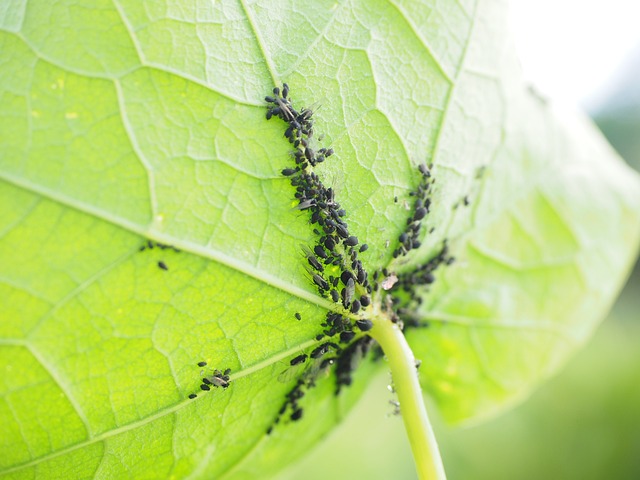
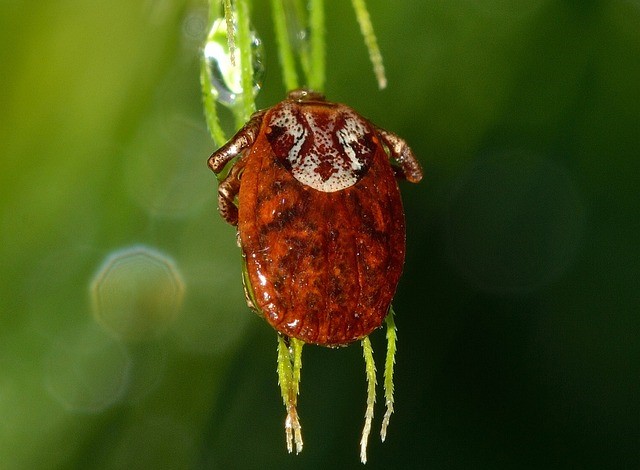
Broad Mites & Rust Mites
Broad mites, almost invisible pests, can slow plant growth and give leaves a limp, shiny appearance. They may also infect flowers, causing leaf drop. For infestations, treat quickly with soap sprays or insecticides. Rust mites are similarly hard to detect. Infestation symptoms include drooping leaves, yellowing, stunted growth, and altered bud formation.
Spider Mites
Typically brown or red, spider mites nest on the underside of plant leaves, leaving white bite marks and fine webs. Infestations present as white spots and webs. To combat spider mites, lower the temperature in your grow box and increase humidity, as these pests prefer high temperatures and low humidity. Soap sprays can also help.
Whiteflies
Whiteflies, often found on the undersides of leaves, produce a sticky substance that can attract mold, harming your plant. They scatter when you move the leaves. To prevent re-infestation, use soap sprays or specific oils.
Plant Snails
A snail infestation is easy to spot as they eat your plant’s leaves. Protect your plants by removing snails by hand, avoiding the need for sprays.

